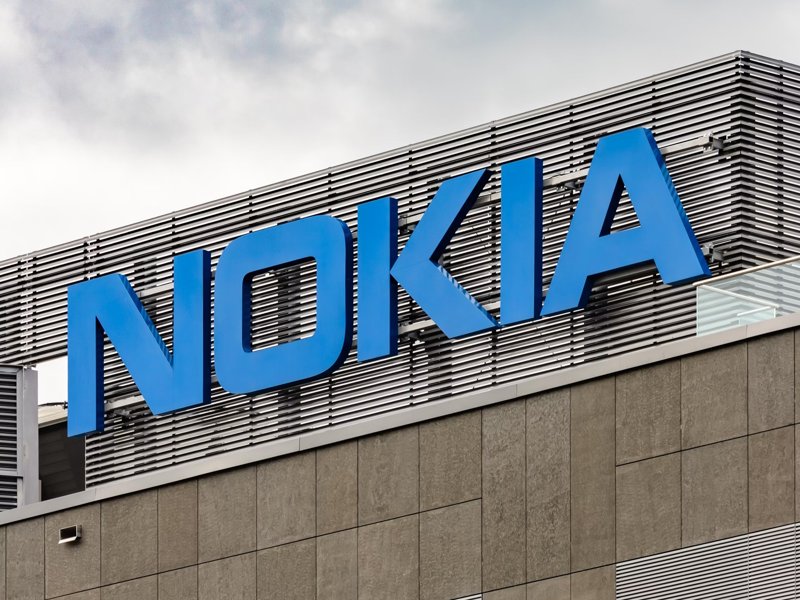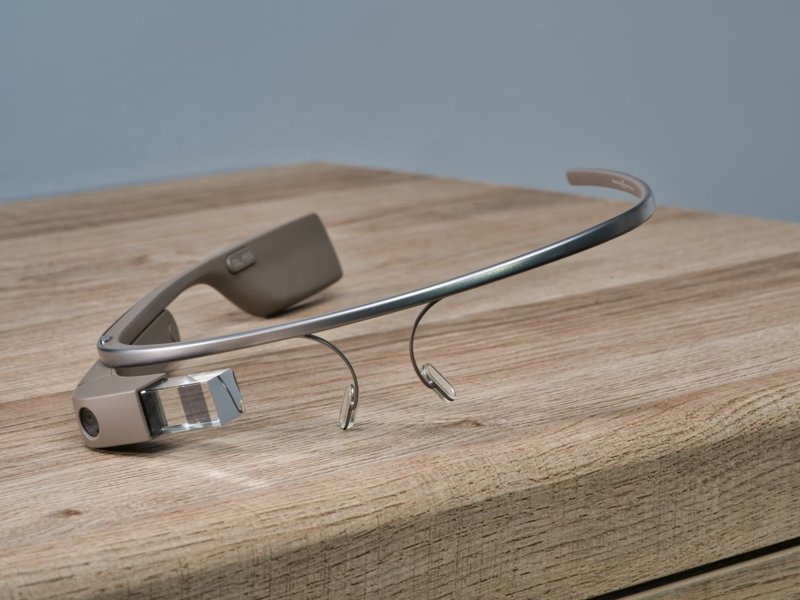From Kodak to Nokia: Companies that couldn’t keep up with change
The fall of once-successful companies is not limited to the era of artificial intelligence. History shows that those who fail to adapt risk losing leadership, as many corporate stories reveal when change arrives too quickly, Kazinform News Agency correspondent reports.

Kodak
Eastman Kodak, founded in the 19th century, turned photography into a mass pastime. The company did not just sell cameras, it built a fully integrated ecosystem that included cameras, film, developing, and printing.
Ironically, Kodak’s own invention of the digital camera in 1975 marked the beginning of its decline. Management dismissed the technology, fearing it would eat into the lucrative film business. When the digital shift finally arrived, Kodak was too slow to adapt. By 2012 the company filed for bankruptcy with debts exceeding $6.7 billion.

In the 2020s Kodak refocused on film and chemical production. Today the company carries $477 million in short-term debt and $100 million in outstanding preferred shares. Still, Kodak insists it has no plans to shut down or seek bankruptcy protection, expressing confidence in its ability to repay, extend, or refinance its obligations.
Nokia
Finland’s Nokia began in the 19th century as a pulp and paper producer but rose to global fame in the 1990s and 2000s as the world’s leading mobile phone maker.
At the height of the keypad phone era, Nokia held more than a third of the global market and became a symbol of reliability and durability, spawning jokes like “Drop a Nokia and it breaks the floor.”

The company clung too long to its aging Symbian platform and missed the moment when the world shifted to smartphones. Its partnership with Microsoft and the choice to use Windows Phone brought little success. In 2014 Nokia sold its mobile division to Microsoft for $7.2 billion.
Today the company has moved in a different direction, focusing on telecom equipment, 5G networks, and enterprise solutions.
Yahoo
In the 1990s Yahoo grew rapidly, offering users a search engine, email, and news services. By 2000 its market value had topped $100 billion, and the brand was among the most recognizable in the world.
Yet the company never settled on a clear strategy. Yahoo tried to develop search, email, news, movies, social networks, and even its own web directories, but without real integration or a unified direction.
It also passed on the chance to buy Google and Facebook for relatively small sums. Instead of building its own technology, Yahoo relied on Google for core search functions, which only accelerated its decline in that market.

Search leadership went to Google, social networking to Facebook, and Yahoo steadily lost both users and investor interest. By the mid-2010s its position had weakened significantly.
Today Yahoo survives mainly as an email service and news portal, retaining only a fraction of its former prominence.
Xerox
Xerox is best known as the company that popularized the office copier, but its most influential legacy came from the Xerox PARC (Palo Alto Research Center), founded in 1970.
At PARC, researchers developed groundbreaking technologies far ahead of their time: the computer mouse, the graphical interface with windows and icons, Ethernet for local networks, laser printing, and even the very concept of a personal computer for home and office use. Yet Xerox management treated these inventions as interesting experiments without real commercial potential.

The company continued to define itself primarily as a copier manufacturer and hesitated to expand beyond that market. In 1979 Steve Jobs visited Xerox PARC, where he saw the Alto computer prototype with a graphical user interface and mouse. That visit inspired the creation of Apple’s Macintosh. Microsoft would go on to adopt the same principles in Windows.
Google Glass
In 2012 Google unveiled Google Glass, smart glasses with a transparent display that could show notifications, record video, respond to voice commands, and even run apps. The idea was to merge the physical and digital worlds right in front of the user’s eyes.
The company launched the “Glass Explorers” program, offering the device to a limited number of users for $1,500. But the project soon ran into criticism. Some users reported headaches after extended use, while the ability to record video discreetly raised privacy concerns, earning owners the nickname “Glassholes.” Battery life was short, only a few hours, and the device’s technical capabilities turned out to be limited.

In 2015 Google officially ended consumer sales of the first version. The project lived on in a different form: Google focused on enterprise editions of the glasses, which found niche use in medicine, logistics, and industry. Still, in 2023 Google announced the end of support for Glass Enterprise, marking the quiet conclusion of the experiment.
Earlier, Kazinform News Agency reported on how countries are harnessing AI - case studies across key sectors.
